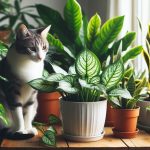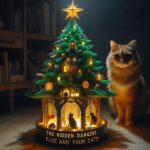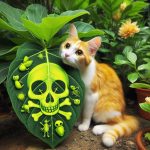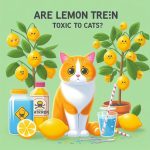Flocked trees can bring a cozy, winter wonderland feel to your home during the holidays. However, as a responsible pet owner, it’s crucial to understand the potential risks they pose to your feline friends. The phrase “flocked trees toxic to cats” encompasses the hidden dangers associated with these festive decorations. This article will delve into the toxic chemicals present in flocked trees. The possible health effects they can have on cats. Stay informed about the precautions. Safe alternatives to ensure your beloved pets stay healthy and happy during the holiday season.
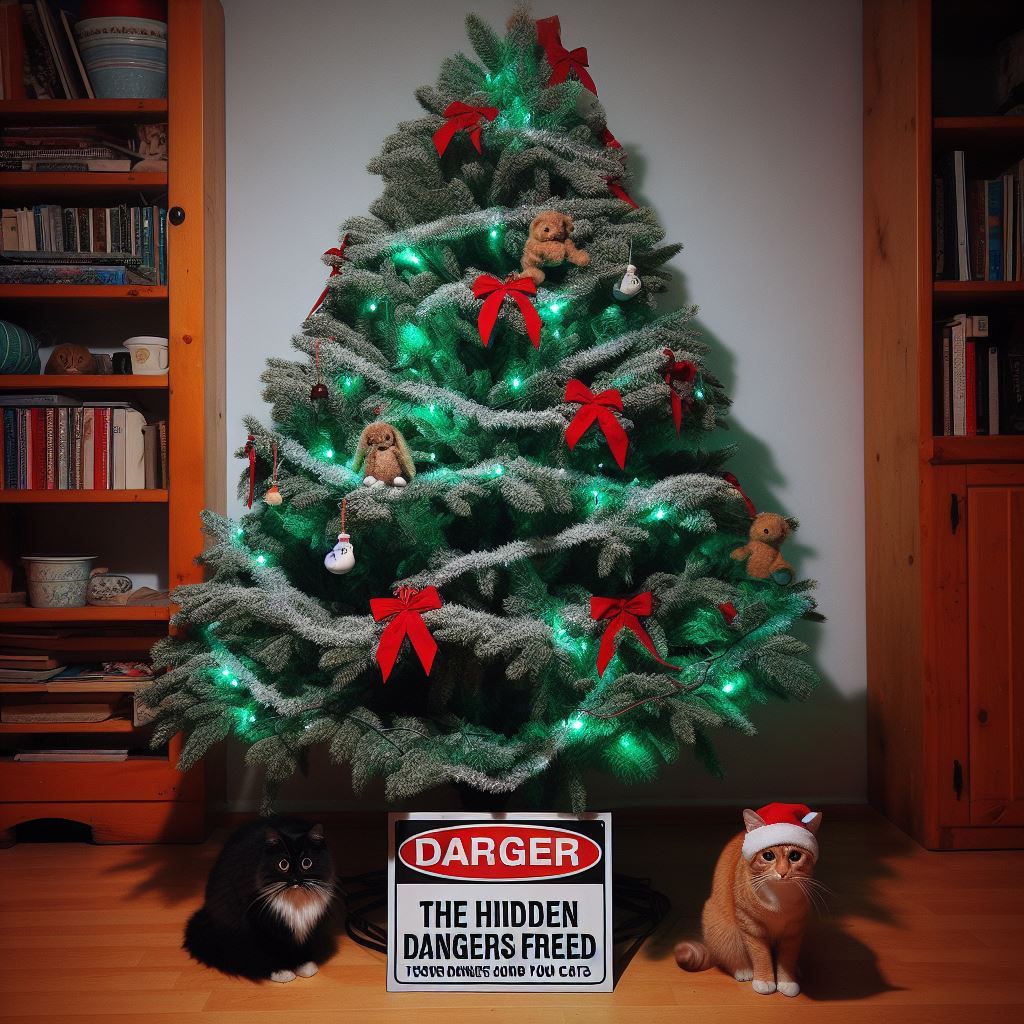
The Hazards of Flocked Trees
During the holiday season, many households decorate their homes with stunning flocked trees. While these trees add a beautiful touch to the festive atmosphere. It’s crucial for cat owners to be aware of the potential dangers these trees pose to their furry friends. Understanding the risks associated with flocked trees is essential for ensuring the well-being of your cats.
Are Flocked Trees Toxic to Cats?
Potential Dangers:
- Ingestion of Toxic Chemicals: Flocked trees are often coated with artificial snow that contains toxic materials such as flame retardants, pesticides, and other chemicals.
- Exposure to Harmful Substances: Cats can come into contact with the toxic substances on the tree’s needles or through licking the snow-like flocking. Leading to potential health complications.
- Risk of Poisoning: When cats groom themselves, they may inadvertently ingest the toxic materials, which can be harmful to their health.
Comparison Table:
To illustrate the potential risks in a clearer manner, consider the following comparison table:
| Potential Dangers | Flocked Trees | Untreated Trees |
|---|---|---|
| Ingestion of Toxic Chemicals | Present due to artificial snow coating | Absent |
| Exposure to Harmful Substances | Higher risk due to toxic flocking materials | Lesser risk as trees lack artificial snow coating |
| Risk of Poisoning | Increased due to potential ingestion of chemicals | Lower as trees are free from toxic coatings |
Importance of Awareness:
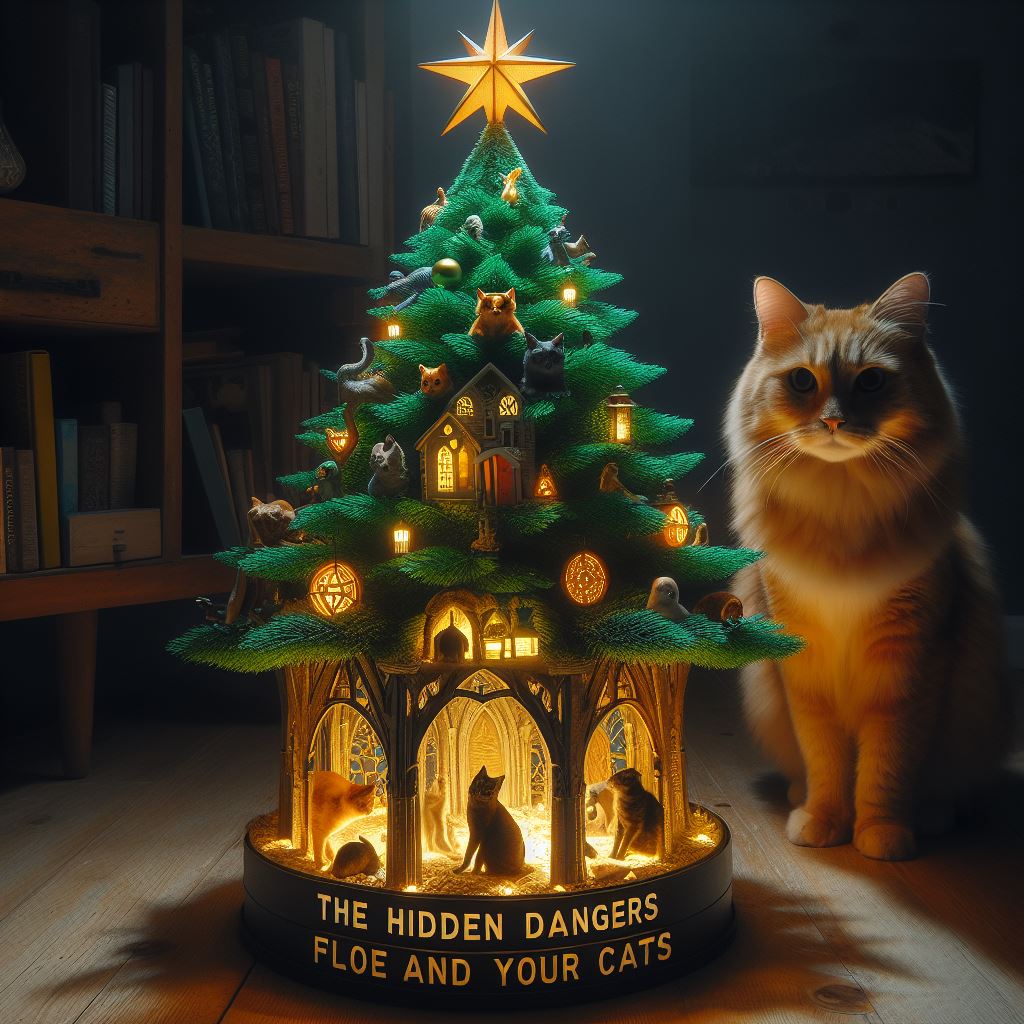
It is important for cat owners to recognize the hazards associated with flocked trees, as this awareness can help prevent potential health issues in their pets. By understanding the risks. Pet owners can take proactive measures to ensure a safe and enjoyable holiday season for their cats.
By being informed about the potential dangers posed by flocked trees to cats. You can take the necessary precautions to safeguard your pets’ well-being during the festive celebrations.
Understanding the Risks for Cats – Are Flocked Trees Toxic to Cats?
When it comes to flocked trees, it’s essential for cat owners to understand the potential risks these trees pose to their feline friends. Here’s a closer look at why flocked trees can be toxic to cats:
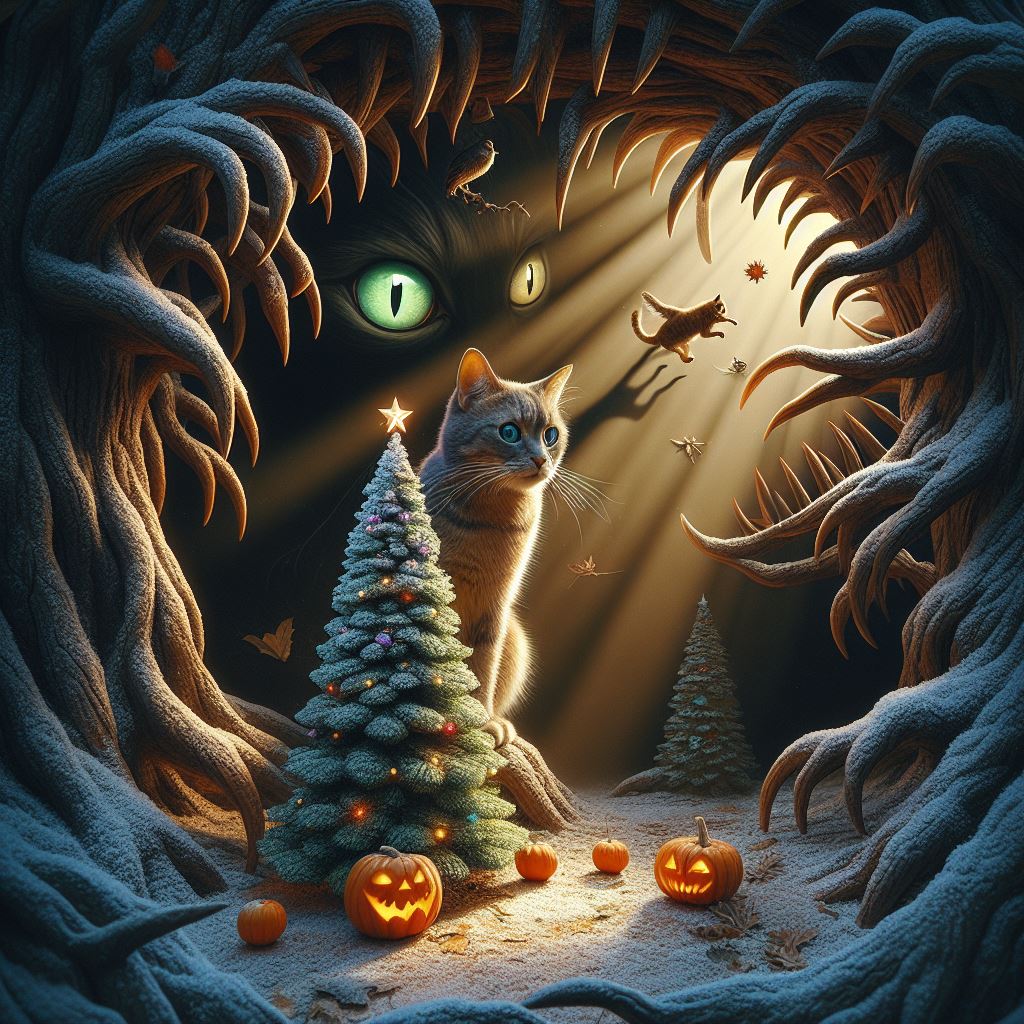
- Ingestion of Artificial Snow: Cats are naturally curious creatures, and they may be inclined to investigate the flocked surface of the tree. If they ingest the artificial snow flocking, it can lead to various health complications.
- Chemicals Used in Flocking: The chemicals used to create the snow-like flocking on trees can be harmful to cats if consumed or even if they come into contact with them. These chemicals may include substances such as flame retardants, pesticides, and other toxic materials.
- Difficulty in Cleaning: Cats are known for their grooming habits, and if they come into contact with the flocked surface, they may ingest the chemicals while grooming themselves. This makes it challenging to prevent ingestion even with regular cleaning.
Comparison Table: Natural vs. Flocked Trees
| Aspect | Natural Trees | Flocked Trees |
|---|---|---|
| Chemical Exposure | Minimal to no chemical exposure | Exposure to potentially toxic chemicals |
| Ingestion Risk | Low | High, especially with ingestion of flocking |
| Cleanup Effort | Moderate | High, due to concern for toxic substances |
Understanding these risks is crucial for cat owners to make informed decisions about their holiday decorations and to protect their beloved pets from potential harm.
Remember, being aware of the dangers is the first step in ensuring a safe. Joyful holiday season for both you and your cats.
Toxic Chemicals in Flocked Trees
Flocked trees, while adding a picturesque touch to your holiday decor. Can harbor toxic chemicals that pose potential risks to your feline companions. Here’s an overview of the hazardous substances found in flocked trees:
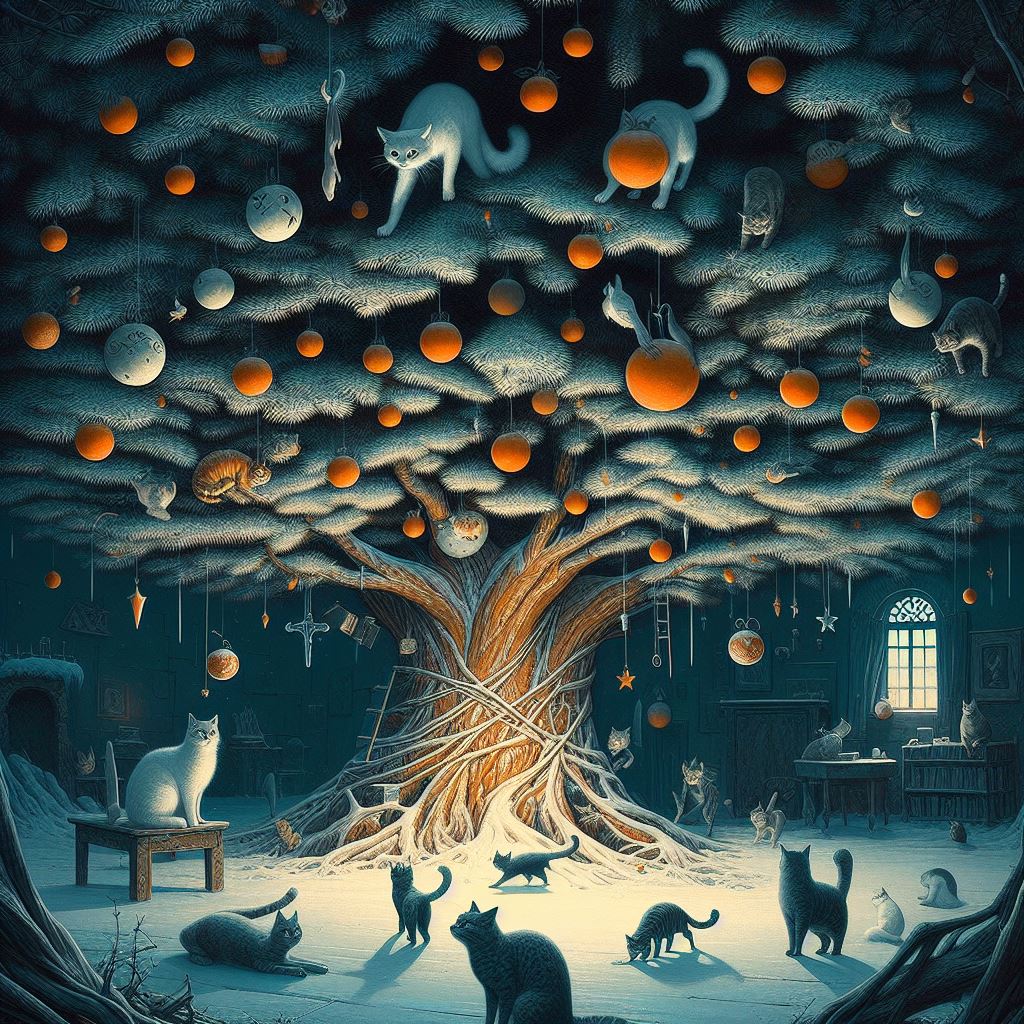
Toxic Compounds: Flocked trees are often coated with chemicals such as flame retardants, pesticides, and artificial snow, all of which can contain toxic elements like lead, zinc, and harmful preservatives.
Ingestion Risks: Cats, known for their curious nature, may ingest the flocking material while grooming themselves or simply exploring the tree. This could lead to ingestion of toxic substances, posing significant health hazards.
Chemical Residue: Over time, the flocking on these trees can shed, creating fine particles that settle on the floor or furniture, and eventually onto your cat’s fur. This increases the likelihood of cats ingesting or inhaling the toxic residue.
Exposure Risks: Even a cat’s incidental contact with the flocked tree can result in exposure to the toxic chemicals. Cats may rub against the tree, further enhancing the chances of exposure through skin contact.
When considering the potential risks associated with flocked trees. It becomes evident that cat owners should exercise caution and explore safer alternatives to ensure their pets’ well-being during the festive season.
By understanding the toxic chemicals present in flocked trees, cat owners can take informed measures to safeguard their pets from avoidable health concerns.
Potential Health Effects on Cats
Flocked trees can pose potential health effects on cats, especially when they come into contact with the artificial snow or flocking material. The chemicals used in flocked trees, such as flame retardants and other additives, can be toxic to cats if ingested or even if they simply groom their fur after contact. Some potential health effects of flocked trees toxic to cats include:
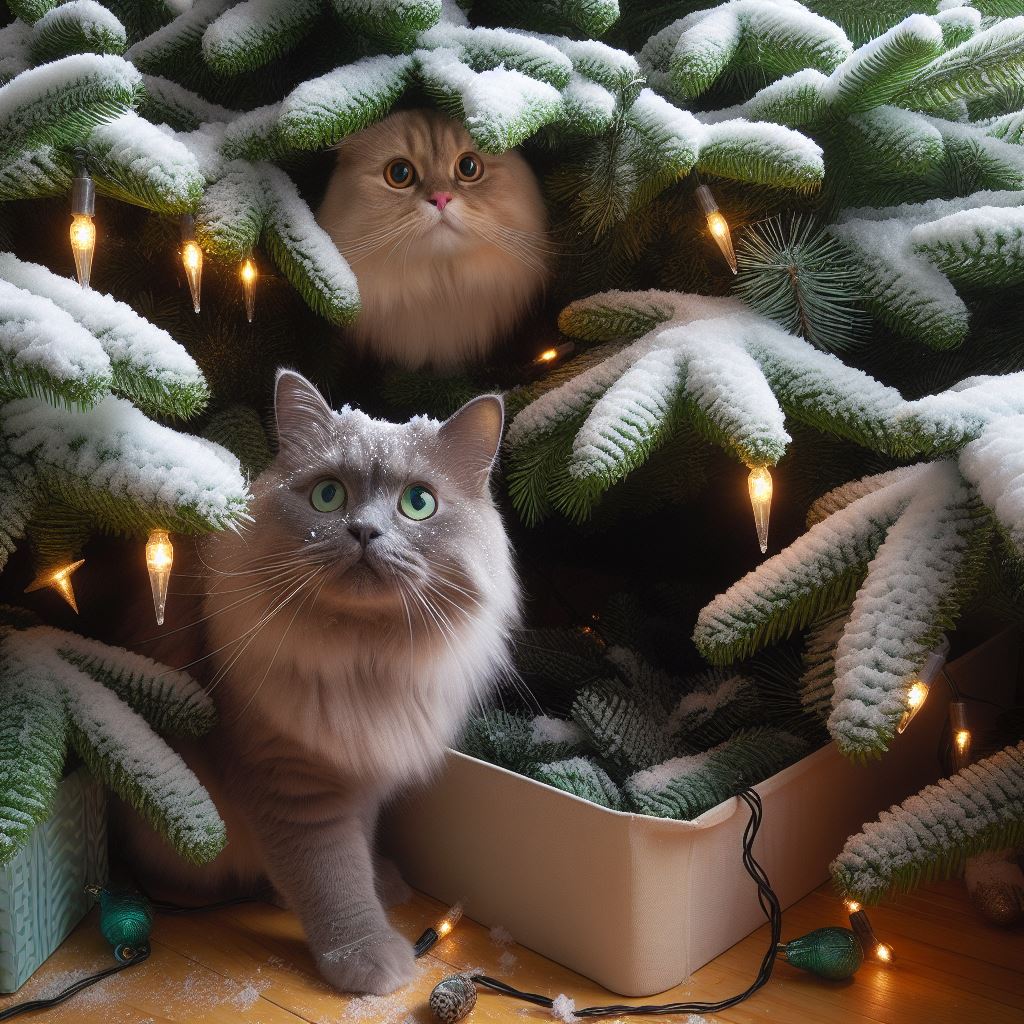
Gastrointestinal Distress: Ingesting flocking material or artificial snow can cause gastrointestinal upset in cats. This may lead to symptoms such as vomiting, diarrhea, and abdominal discomfort.
Respiratory Issues: Cats may experience respiratory problems if they inhale or ingest the chemical-laden flocking material. This can result in coughing, wheezing, or difficulty breathing.
Skin Irritation: Contact with the flocking material can cause skin irritation in cats. They may exhibit signs of itching, redness, or inflammation on the skin or fur.
It’s important to be mindful of these potential health effects and take proactive measures to protect your cats from the hazards of flocked trees. Understanding the risks can help cat owners make informed decisions during the holiday season to ensure the safety and well-being of their feline companions.
Precautionary Measures for Cat Owners
When it comes to protecting your feline friends from the potential dangers of flocked trees toxic to cats. There are several precautionary measures that cat owners can take. By being proactive and informed, you can ensure a safe and joyful holiday season for both you and your beloved pets.
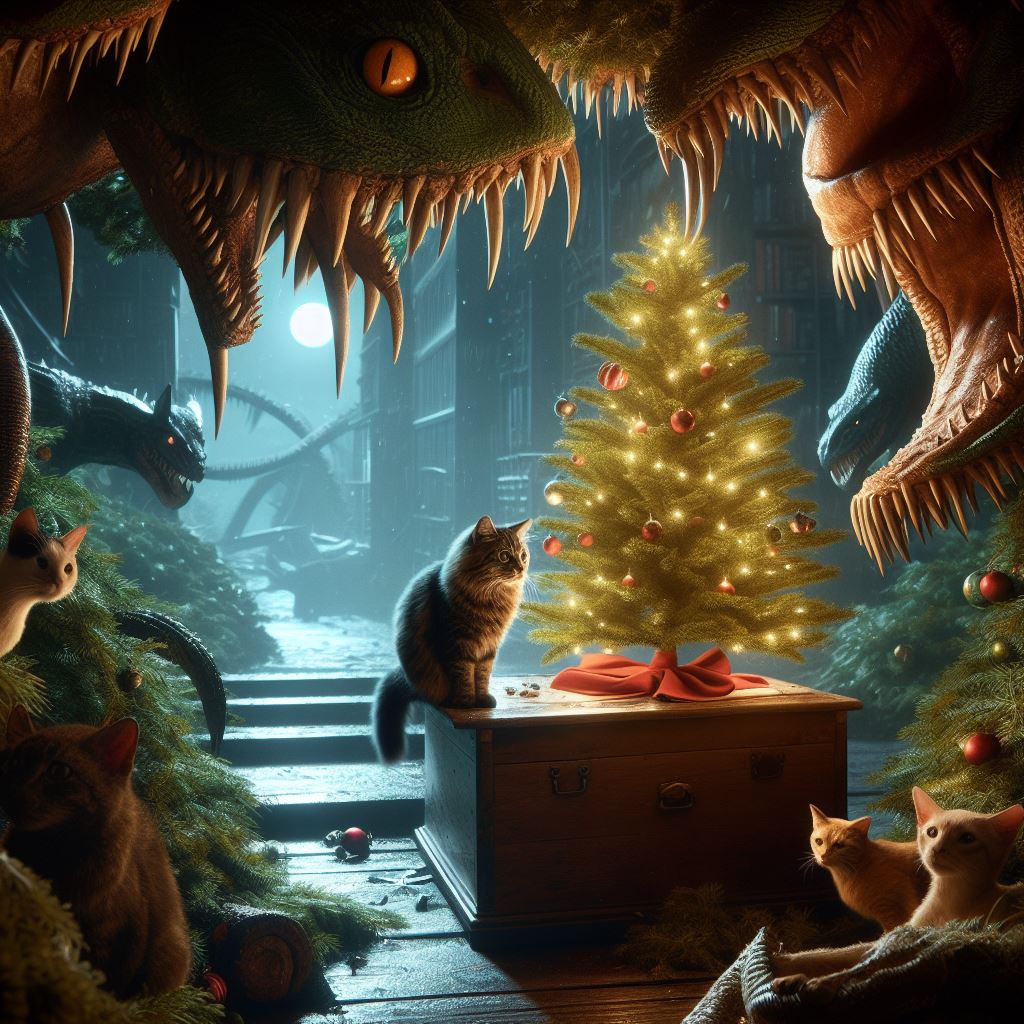
Here are some important precautionary measures to consider:
Opt for Artificial Trees: Choose artificial trees that are not flocked or opt for other cat-safe alternatives to minimize the risk of toxicity to your cats.
Secure Tree Decorations: Ensure that all tree decorations, especially those containing small, ingestible parts or toxic materials, are securely fastened to prevent curious cats from accessing and ingesting them.
Consider Elevated Placement: Position the flocked tree in a location that is inaccessible to your cats, such as using elevated platforms or enclosed areas, to minimize their exposure to the flocked needles or chemicals.
Regular Monitoring: Keep a close eye on your cats when they are around the tree, watching for any signs of chewing or ingesting flocked tree needles or decorations.
By following these precautionary measures. You can significantly reduce the risk of flocked trees toxic to cats and create a safer environment for your furry companions during the holiday season. Remember, a little awareness and careful planning can go a long way in safeguarding your pets from potential hazards.
Symptoms of Toxicity in Cats – Are Flocked Trees Toxic to Cats?
When flocked trees are present in a household with cats. It’s crucial for pet owners to be vigilant about potential signs of toxicity. Keep an eye out for the following symptoms that may indicate your cat has been affected by the toxic chemicals present in flocked trees:
Gastrointestinal Distress: Look for symptoms such as vomiting, diarrhea, or excessive drooling. These are common indicators of ingestion of toxic substances.
Respiratory Issues: Observe if your cat experiences difficulty breathing, coughing, or wheezing. These could suggest respiratory irritation caused by the chemicals.
Skin Irritation: Check for any signs of skin redness, itchiness, or inflammation. Contact with the flocked tree’s chemicals can lead to skin reactions in cats.
Lethargy and Weakness: If your cat appears unusually tired, weak, or lacking in energy, it could be a sign of toxicity affecting their overall well-being.
Changes in Behavior: Pay attention to any sudden changes in your cat’s behavior, such as restlessness, agitation, or disorientation. These could be neurological symptoms of toxicity.
If you notice any of these symptoms in your cat, it’s important to act promptly. Contact your veterinarian for guidance and describe the situation in detail, including the potential exposure to flocked trees. Quick action can make a significant difference in your cat’s health and well-being.
Remember, being aware of these symptoms and seeking timely veterinary assistance can greatly aid in mitigating the risks associated with flocked trees toxic to cats.
Seeking Veterinary Assistance
Are Flocked Trees Toxic to Cats?
If you suspect that your cat may have ingested parts of a flocked tree, or if they are displaying any concerning symptoms related to toxicity. Seeking veterinary assistance is crucial. Remember, flocked trees can be toxic to cats, and prompt action is essential for their well-being. When reaching out to your veterinarian, provide them with detailed information about the situation. Including any observed behaviors and the timeframe of exposure to the flocked tree.
What to Communicate to Your Veterinarian:
When contacting your veterinarian, make sure to communicate the following information:
- The type of tree your cat was exposed to (flocked tree)
- Any observed symptoms such as vomiting, diarrhea, lethargy, or difficulty breathing
- The approximate time and duration of exposure
- Your cat’s age, weight, and any pre-existing health conditions
What to Expect at the Veterinary Visit:
During the veterinary visit, the veterinarian may conduct several assessments and procedures, including:
- Physical examination to check for any immediate health concerns
- Discussion about the potential ingestion of toxic substances from the flocked tree
- Diagnostic tests such as blood work or x-rays if deemed necessary
- Appropriate treatment to address any symptoms or complications
Remember! Early intervention can significantly impact the outcome, so never hesitate to contact your veterinarian if you have concerns about your cat’s health after exposure to flocked trees.
Safe Alternatives to Flocked Trees – Are Flocked Trees Toxic to Cats
When it comes to ensuring the safety of your feline friends during the holiday season. It’s important to consider alternative options to flocked trees that can be toxic to cats. Here are some safe alternatives to consider:
- Unflocked Artificial Trees: Opt for an artificial tree that has not been flocked. This eliminates the risk of exposure to any toxic chemicals present in flocked trees.
- Live, Non-Toxic Plants: Consider decorating your home with live, non-toxic plants such as palm trees, spider plants, or Boston ferns. These can serve as a safe and natural alternative to traditional trees.
- Cat-Safe Ornaments: Invest in cat-friendly ornaments made of materials that are non-toxic to cats. Look for options such as felt, wood, or fabric ornaments, and avoid those with small, ingestible parts.
- DIY Cardboard Trees: Get creative and make your own cat-friendly tree using cardboard. This can be a fun and safe alternative that allows your cats to play and explore without any toxic risks.
By embracing these safe alternatives. You can create a festive and cat-friendly environment in your home while eliminating the potential dangers associated with flocked trees toxic to cats.
Remember, the holiday season should be a joyful time for both you and your beloved pets, and by making informed choices, you can ensure that it remains that way.
Protecting Cats During the Holidays
During the holiday season, it’s important for cat owners to be mindful of the potential dangers associated with flocked trees, which can be toxic to cats. To ensure the safety and well-being of your feline friends, consider the following tips:
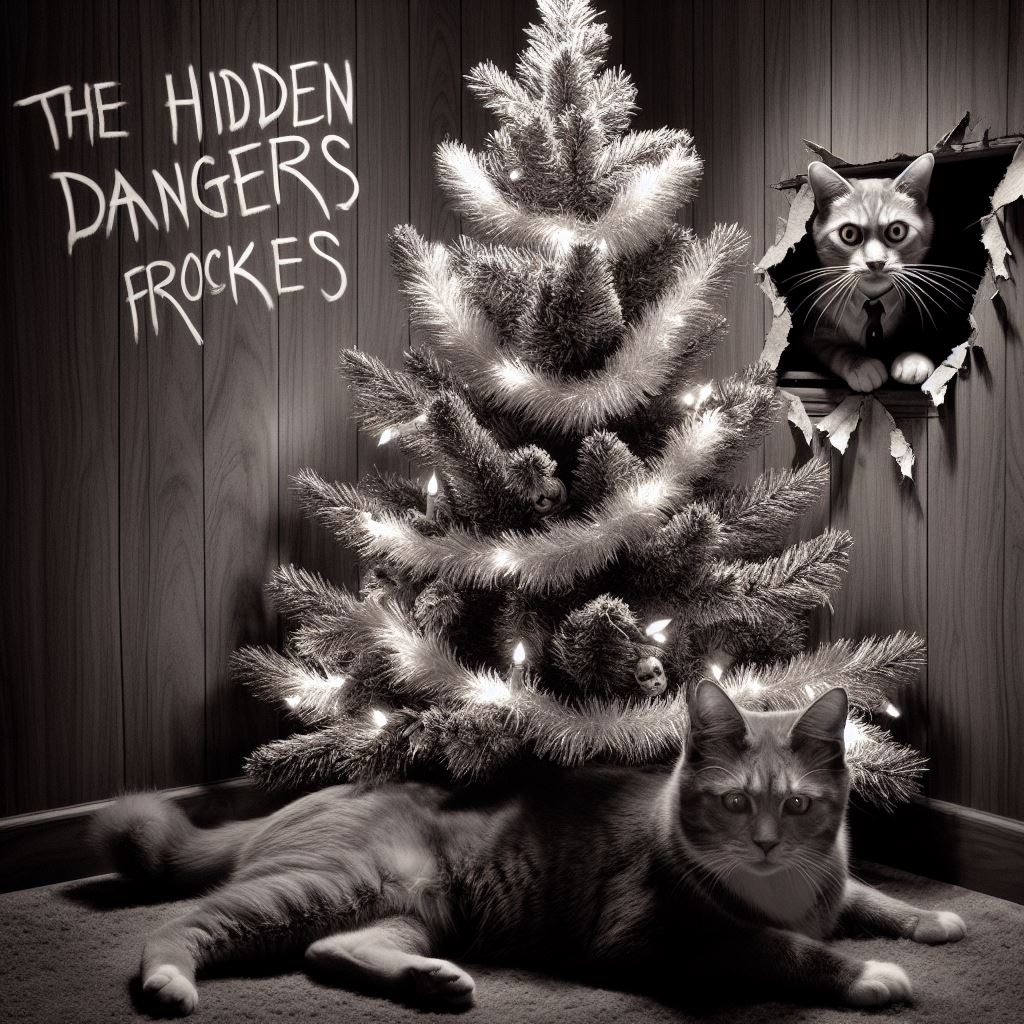
Opt for Alternative Trees: Instead of having a flocked tree, opt for an artificial tree that is labeled as non-toxic to cats. This can significantly reduce the risk of exposure to harmful chemicals.
Secure the Tree: If you choose to have a traditional Christmas tree, make sure it is securely anchored to prevent it from toppling over if your curious cat decides to climb it.
Avoid Decorations Harmful to Cats: Be cautious when choosing ornaments and decorations for your tree. Some tinsel, garlands, and ornaments can pose a choking hazard or be toxic to cats if ingested.
Supervise Tree Water: If you have a live tree, be vigilant about covering the water basin to prevent cats from drinking the potentially toxic preservatives often added to the water to prolong the tree’s freshness.
Create Cat-Friendly Zones: Consider creating a designated cat-friendly area in your home where your feline companions can play and relax safely, away from the potential hazards of the tree and decorations.
By taking these precautionary measures, cat owners can help protect their beloved pets from the potential hazards associated with flocked trees. Ensure a safe and joyful holiday season for both the family and the feline members.
Raising Awareness and Spreading Information
Are Flocked Trees Toxic to Cats?
Raising awareness about the potential dangers of flocked trees to cats is crucial in ensuring the well-being of our feline companions, especially during the holiday season. By spreading information about the toxicity of flocked trees to cats. We can help cat owners make informed decisions to safeguard their pets.
Ways to Raise Awareness:
- Share informative posts on social media platforms to reach a wider audience.
- Engage in discussions within cat owner communities, emphasizing the risks of flocked trees.
- Collaborate with local veterinary clinics to disseminate information to cat owners.
- Utilize educational pamphlets and posters in pet-related establishments to educate the public.
Spreading Information:
- Highlight the specific toxic chemicals present in flocked trees that pose a risk to cats.
- Emphasize the potential health effects of flocked trees on cats, such as gastrointestinal distress or respiratory issues.
- Share precautionary measures that cat owners can take to protect their pets from flocked tree toxicity.
- Encourage the consideration of safe alternatives to flocked trees, promoting the well-being of both cats and the environment.
Raising awareness and spreading information about the hazards of flocked trees to cats can empower cat owners to make informed choices. Ultimately safeguarding the health and safety of their beloved feline companions.
Frequently Asked Questions
What is a flocked tree?
A flocked tree is a Christmas tree that has been sprayed with a white coating to simulate snow or frost.
Are flocked trees safe for cats?
Flocked trees can be hazardous for cats if they ingest the artificial snow or flocking. Leading to digestive issues or toxicity.
How can I keep my cat safe around a flocked tree?
To keep your cat safe, consider using a barrier around the tree. Choosing non-toxic flocking, or placing the tree in a room that is off-limits to your cat.
What are the symptoms of flocked tree ingestion in cats?
Symptoms of flocked tree ingestion in cats may include vomiting, diarrhea, lethargy, and loss of appetite. It’s essential to seek veterinary help if you suspect your cat has ingested flocking.
Can I avoid flocked trees altogether to keep my cat safe?
Yes, avoiding flocked trees altogether is a sure way to prevent any potential hazards or health risks to your cat during the holiday season.
Cat Safety Assessment for Flocked Christmas Trees
| Aspect | Flocked Trees for Cats |
|---|---|
| Flocking Material | [Specify material] |
| Toxicity Risk | [Low/Medium/High] |
| Common Symptoms | [List symptoms] |
| Preventive Measures | [Recommendations] |

